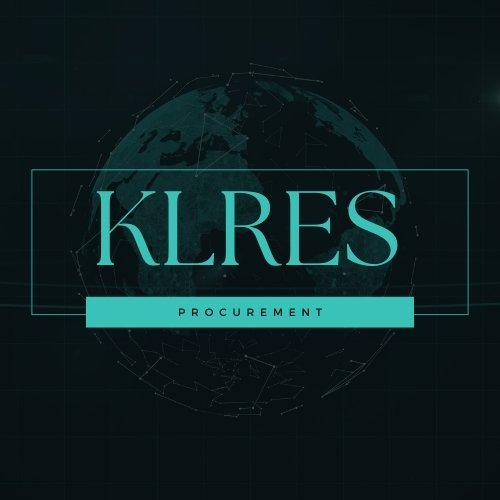Overview
Background:
KLRES Procurement was engaged by the organisation to help develop a Supplier Code of Conduct. The goal was to formalise standards and expectations for supplier relationships in areas like ethics, human rights, environment, data privacy, and more. This would help mitigate risk, align values across the supply chain, and build trusted partnerships.
Our Innovation:
KLRES brought an innovative approach by not just dictating standards, but making it a two-way code of conduct that also set expectations for how the organisation should treat suppliers. This fostered a more collaborative spirit and encouraged suppliers to embrace the code rather than view it as an imposition.
Our Comprehensive Solution:
KLRES conducted in-depth research and benchmarking to develop a comprehensive best practice Supplier Code of Conduct. We interviewed key internal stakeholders to understand priorities and concerns. We also researched industry codes and international standards to incorporate leading practices. The result was a far-reaching code addressing all major risk areas, while still being pragmatic for suppliers.
Challenges
Challenges:
Initial challenges included getting internal alignment on code standards, scoping the code breadth, and determining how prescriptive vs. flexible it should be. There were also questions around how much customisation was needed vs. using more standard language.
Client Expectations:
The client expected a code that would be rigorous enough to mitigate key risks but balanced to get supplier buy-in. They wanted leading practices but also recognised suppliers are on a journey. The code had to be comprehensive but reasonably achievable for suppliers.
Solutions
Cross-Functional Collaboration:
KLRES involved Procurement, Legal, Sustainability and Operations to get broad input into code standards that met diverse needs. We also benchmarked peer codes and involved select major suppliers.
Phased Approach:
The code was phased to focus first on foundational ethics and compliance expectations, before evolving into broader aspirational standards over time. This allowed a pragmatic approach.
Simplicity and Clarity:
Despite covering many topics, the code was written in simple, clear language easy for suppliers to understand and commit to. We avoided overly legalistic language.
Results
Adoption:
The code has been rolled out to all suppliers, who have agreed to its standards. This has established a common baseline expectation and language.
Improved Compliance:
Suppliers have made changes to meet code standards, including appointing dedicated resources, implementing audits, and updating policies. Compliance has improved in key areas like health and safety, ethics, and environmental practices.
Enhanced Relationships:
The collaborative approach has built trust and a shared purpose between the organisation and suppliers. Suppliers appreciate the two-way nature of the code.
Cost Savings:
Improved supplier compliance has led to less operational and reputational risk, avoiding costs associated with incidents. The code has also facilitated valuable supplier innovations.
Six Month Progress:
At the six month mark, over 90% of suppliers had formally signed the code and 70% had undergone self-assessments of their compliance. Over 50 improvement plans were underway focused on gaps like sustainability reporting and sub-contractor oversight.
Client Feedback:
“KLRES exceeded our expectations with the Supplier Code of Conduct. They balanced rigor with pragmatism, and their innovative two-way approach got tremendous buy-in. Six months in, we are already seeing the benefits through enhanced supplier partnerships and reduced risk.” In summary, this business case explains how KLRES leveraged best practices along with stakeholder collaboration and a phased approach to develop a pragmatic yet comprehensive Supplier Code of Conduct that drove adoption and improved performance across our client’s supply chain








